Normal car vs Electric car – which car should you use? Today, I will give a thorough and in-depth answer to this question.
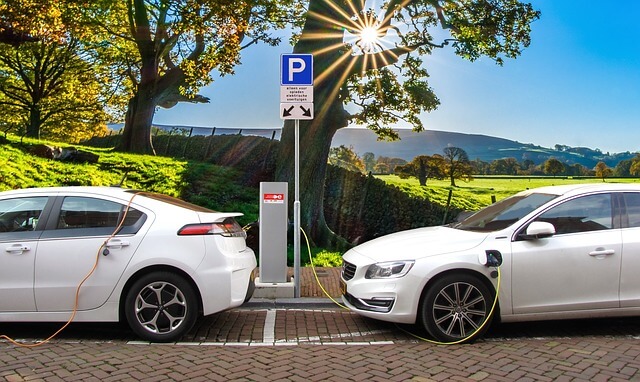
Are you a tech geek? If so, then you might have an idea about the Tesla Model S. It is an Electric car. Today’s article will prompt a discussion about these electric cars. You will get an idea about a normal car vs electric car. The things that you will learn today:
- What do you mean by Electric Cars?
- The Story and Rise of the Tesla Company
- How the Tesla Model S works to reshape our future
- What is the Powerhouse of an Electric Car?
- What is the Brain of an Electric Car?
- The Battery Pack of an Electric Car
- What is the Synchronized Vehicle Mechanism
- Normal Car Vs Electric Car
- Can you drive an electric car efficiently with the help of just one pedal?
What do you mean by Electric Cars?
The automobile world got a new technology in the market. It is making big waves in the automobile world.
These cars are:
- Noise-free,
- Pollution-free,
- High-performance vehicles.
The technological experts think that they will be able to set foot into the automobile world by the year 2025.
Electric cars work with the help of electric motors. These cars use the energy inside rechargeable batteries.
We will see how electric cars can have a superior performance by analyzing the technology behind the:
- Induction motor,
- Inverter,
- Lithium-Ion battery Power source,
- Synchronized vehicle mechanism.
The Story and Rise of the Tesla Company
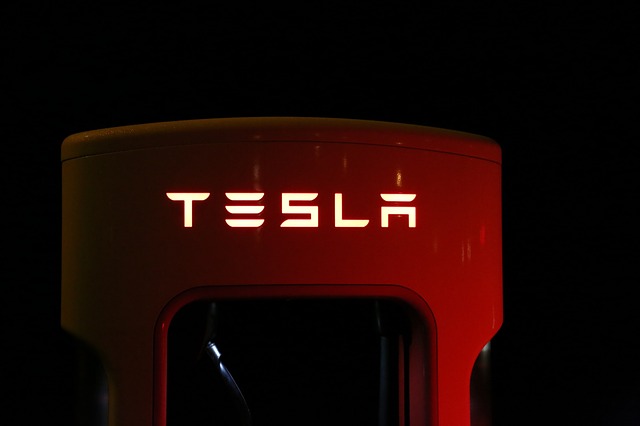
The Tesla Company is a group initiative by some engineers. It first came to be in 2003. The mission of the company is to lead human civilization to sustainable energy. It works to accelerate the world to sustainable energy by:
- Electric Cars
- Low-Cost Solar Panels
- Solar Roof
Today, we will learn about Electric cars.
How the Tesla Model S works to reshape our future
It is an Electric car. It is a great invention by the Tesla company. Some of its features include being:
- World’s Fastest Acceleration Production Car.
- Tesla Model S P100D, in 2.28 sec to can pick up a speed of 60 mph.
- Longest Range of 628 km (est.)
- Highest Performing Sedan.
- Has a top speed of 322 km/h (est.).
- Has 17-inch Cinematic Display.
- No Stalks, no Shifting, it has the ultimate focus on driving feature.
- Invisible Cabin Air Conditioning Feature.
- Ventilated Front seats and HEPA Filtration.
- Extra Leg Room and Head Room.
What is the Powerhouse of an Electric Car?
The induction motor is the powerhouse of an Electric Car.
The great scientist Nikola Tesla around 100 Years back discovered the induction motor.
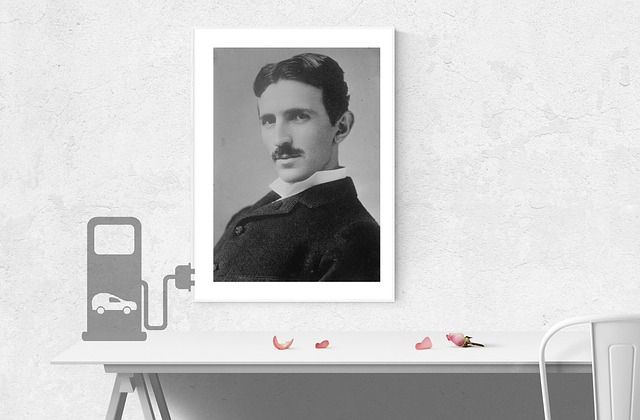
The induction motor has two main parts:
- The Rotor: The rotor is simply a collection of conducting bars. The bars are short-circuited by end rings.
- The Stator: A three-phase AC power input is given to the stator.
The three-phase alternating current in the coils produces a rotating magnetic field. The tesla motor produces a four-pole Magnetic field. This rotating magnetic field induces a current on the rotor bars to make it turn.
In an induction motor, the rotor always lags behind the RMF.
The beauty of an induction motor is that its speed depends on the frequency of the AC power supply. So just by varying the frequency of the power supply, we will be able to alter the drive wheel speed. This simple fact makes electric car speed control easy and reliable.
The motor Supply is from a variable frequency drive. The motor speed can range from Zero to 18,000 rpm.
What is the Brain of an Electric Car?
From where does the motor receive power?
From a battery pack. The battery produces DC power. So, before supply gets to a motor the inverter converts it to AC.
An inverter is a powerful electronic device. It also controls the AC power frequency. Thus, it maintains the motor speed. Moreover, the inverter can even vary the amplitude of the AC power. This in turn will control the motor power output.
Thus the inverter acts as the brain of the electric car.
The Battery Pack of an Electric Car
It is a very amazing fact that the battery pack underneath the electric car is just a collection of common lithium-ion cells. We use these in our daily life.
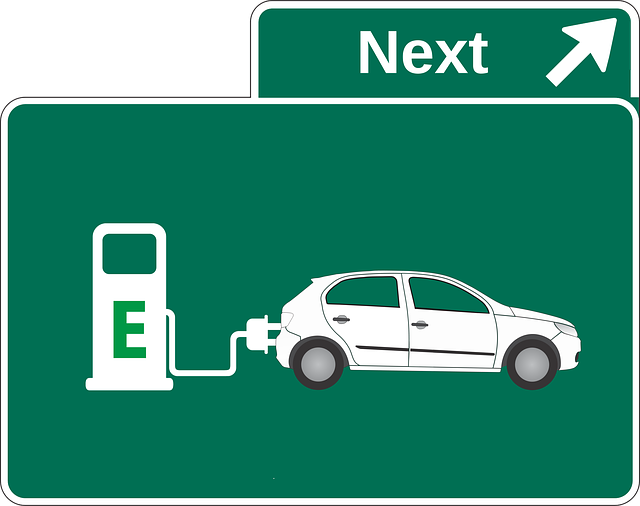
The Whole Setup:
- The cell connection is in a combination of series and parallel. This produces the power to run your electric car.
- Glycol coolant passes through metallic inner tubes through the gap between the cells. This is one principal innovation of Tesla.
- They use many small cells instead of a few big cells. This guarantees effective cooling.
- This minimizes thermal hot spots and even achieves temperature distribution. This leads to higher battery pack life.
- The cells stay as detachable modules.
- There are 16 such modules in the battery pack constituting around 7,000 cells.
- The low-height battery pack lowers the vehicle’s center of gravity.
- The lower gravity improves the stability of the car considerably.
- The large battery pack also spreads across the floor. This offer is structural rigidity against side collisions.
What is the Synchronized Vehicle Mechanism
This mechanism works just as its name suggests. It synchronizes the vehicle manual transmission system. This helps in providing longer service and better performance. This technology helps in the transmission system of a car.
Normal Car Vs Electric Car
How these differ from each other:
- An Internal Combustion engine produces usable torque and power output only within a limited speed range. On the other hand, an induction motor works efficiently in any speed range.
- An IC engine does not produce direct rotational motion. The linear motion of the piston converts to rotational motion. This causes a major mechanical imbalance. Again, the induction motor can self-start.
- The power output of an IC engine is always uneven. You need many accessories to solve these issues. For example:
》Counter Weights for Dynamic Balancing
》DC Motor fo Starting
》Flywheel for Power Smoothening
》Alternator for Charging
On the other hand, you will have direct rotational motion and uniform power output with an induction motor.
- The weight of a typical IC engine is 180 kg. Whereas that of a Tesla-Induction motor is only 31.8 kg.
- Power of a typical IC engine is 140 kW. Whereas that of a Tesla-Induction motor is only 270 kW.
- The weight/Power of a typical IC engine is 0.8 kW/kg. Whereas that of a Tesla-Induction motor is only 8.5 kW/kg.
- A typical IC engine has a low response to the fuel cut. On the other hand, a Tesla-Induction motor has a high response rate and effective means for obtaining traction control.
- An electric car is much safer than an internal combustion car.
- The cost of maintaining and driving an electric car is much lower than that of an IC engine car.
- The induction motor speed can range from Zero to 18,000 rpm. Whereas the IC engines have a range from Zero to 4000 rpm. This is the most sizable difference between them.
We can now hope that with the advent of technology the drawbacks of an electric car will fade away. Electric cars promise to be the cars of the future.
Can you drive an electric car efficiently with the help of just one pedal?
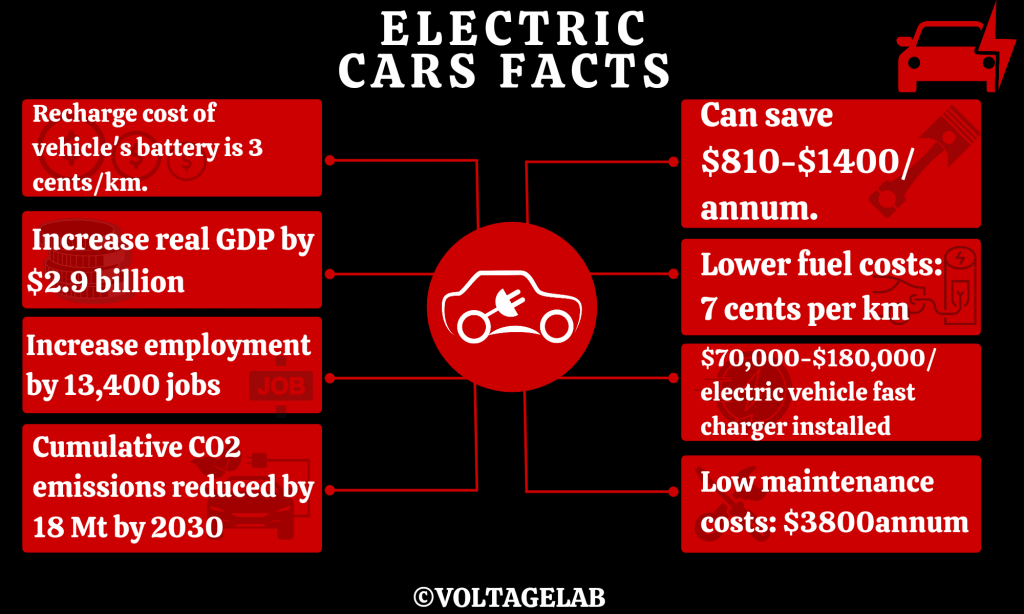
There are usually two pedals in an Electric Car:
- Brake Pedal
- Acceleration Pedal
But, you don’t need to use two pedals. It is quite easy to operate as a result. Because you don’t need the brake pedal to completely stop the car. You can use the other one for the job. This is due to its powerful regenerative braking system.
This system saves the huge kinetic energy of the car in the form of electricity. It doesn’t waste it as heat.
In an electric car:
- As soon as you release the accelerator pedal the regenerative braking comes into action.
- During regenerative braking, the same induction motor acts as a generator.
- Here the wheels drive the rotor of the induction motor.
How does the Induction Motor work as a Generator?
The Process:
- We know in an induction motor the rotor speed is less than the RMF speed.
- To convert the motor to a generator. You just have to make sure that the rotor speed is greater than the RMF speed.
- The inverter plays a crucial role here. It adjusts the input power frequency and keeps the RMF speed below the rotor speed.
- This generates electricity in the stator coils. This electricity is way higher than the supplied electricity.
- The generated electricity can then be in storage in the battery pack after the conversion.
- An opposing electromagnetic force acts on the rotor during this process. So the drive wheels and the car slows down.
This way you can easily control the vehicle speed by using a single pedal.
Conclusion
I hope you enjoyed my ultimate guide to a normal car vs an electrical car.
Now I’d like to hear from you: which type of car do you prefer? Do you think the future lies in Tesla’s innovation?
Either way, let me know by leaving a quick comment below.
Read More Exciting Articles:



